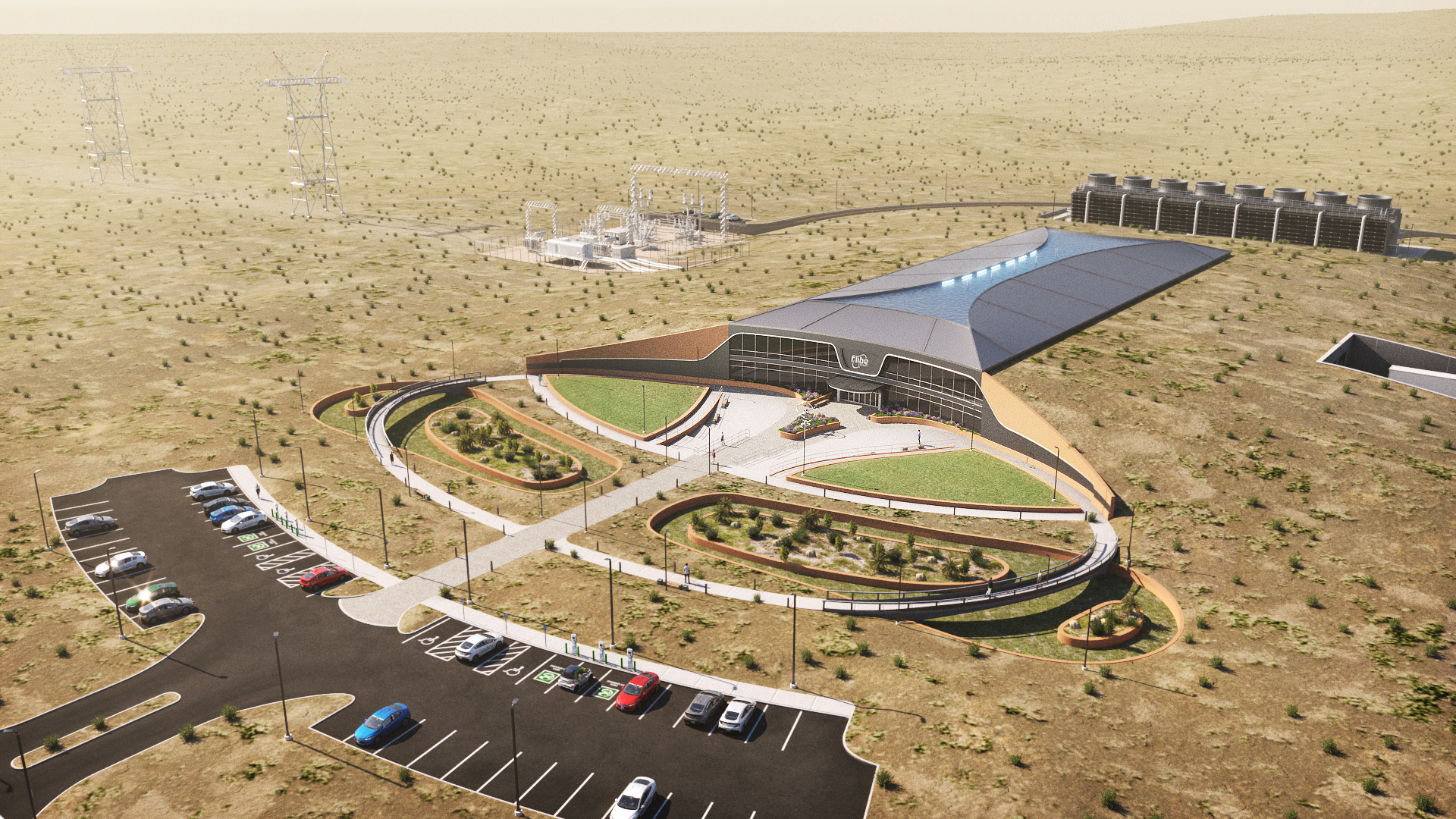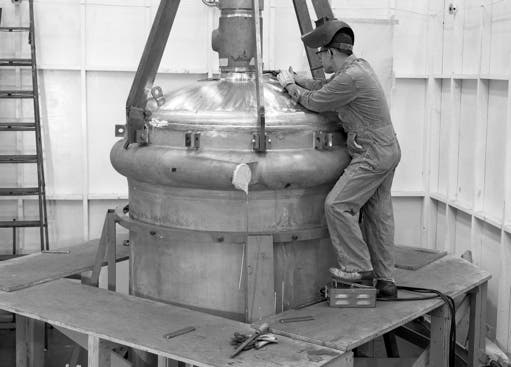LFTR
Lithium Fluoride
Thorium Reactor
Sustainable Thorium Fuel
LFTR is powered by the sustainable in-situ thorium fuel cycle. No uranium enrichment and minimized waste due to the liquid fueled design.
Sustainable No Waste
LFTRs will produce far less waste than current reactors along the entire fuel cycle and process chain, from ore extraction to nuclear waste storage. Lithium reactor technology can also be used to consume the remaining fissile material available in spent nuclear fuel stockpiles around the world and to extract and resell many of the valuable fission products that are currently considered waste.

Fuel Leasing
We focus on recertification, so you can focus on providing your customers the energy that they need at an affordable rate.
Scalable Design
LFTR's scalable design allows for sizing from several megawatts, to multi-gigawatt grid scale deployments.
Mass Production
Our goal is to scale production by building a factory that produces modular LFTRs.

Water Optional
Lithium reactors coupled to sCO2 power conversion systems open the door to dry cooling. Decoupling reactor siting from available water sources lets us bring the energy solution to the problem.
A Strong Foundation
Proven technology and innovation.
Molten salt reactor technology was demonstrated during the Molten Salt Reactor Experiment (MSRE) by the US Government at Oak Ridge National Laboratory (ORNL). The MSRE prototype ran for over 20,000 hours and successfully demonstrated the viability of the base design and concept.
Flibe engineers have spent over a decade analyzing the thousands of pages of ORNL science and engineering documents, and are designing our reactors to be a modernized and improved version of the MSRE. By taking full advantage of the thorium fuel cycle, we are opening up new frontiers in medicine, energy, and more.

Technical Details
LFTR Specifications
LFTR takes the benefits of a molten salt reactor and combines it with a commercially available fuel supply. The following specifications are for the standard LFTR design, but customizations can be made to suit the customer.
Reactor
LFTR
Power
100-250 MWe
Power Conversion System
sCO2 Brayton
Cooling Options
Dry or Wet
Efficiency
> 45%
Reactor Outlet Temp
650°C
Reactor Inlet Temp
500°C
Reactor Pressure
< 10 bar
Reactor Structure
Hastelloy N
Fuel Salt
FLiBeU
Blanket Salt
FLiTh
Coolant Salt
FLiBe

